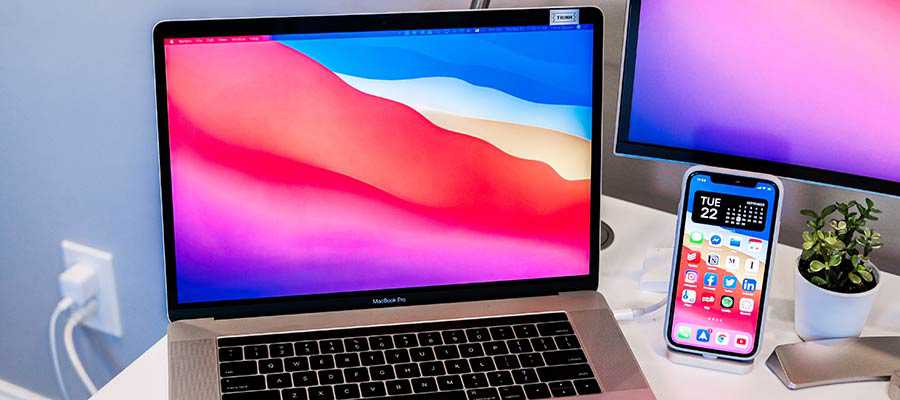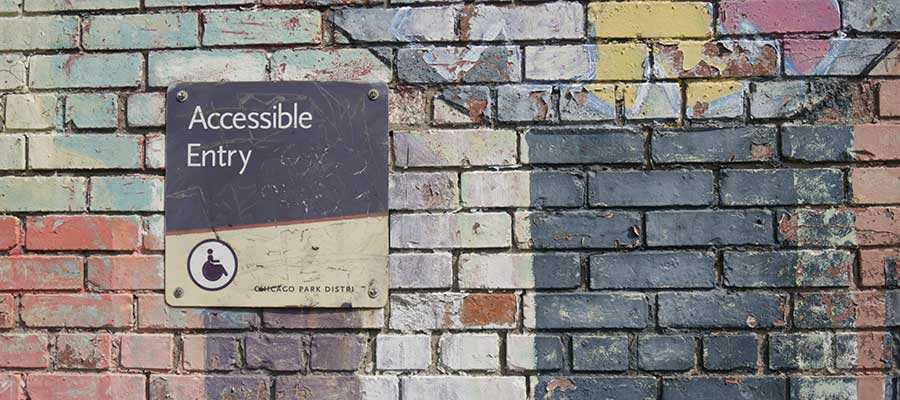Why Thinking Ahead Is Crucial in Web Design
The difference between building a great website and a mediocre one is usually determined very early on. It’s often a matter of a web designer painting their project into a virtual “corner”. That’s where a design becomes inflexible and unable to accommodate various use cases.
This tends to happen in the prototyping phase. We spend lots of time and creative energy on an idea that looks awesome. Our clients might love it just as much as we do. But only when we actually start to build it do we begin to fully understand the consequences.
A design mockup serves as a compass for our website projects. If we fail to think ahead with regards to what certain elements require, it could mean being stuck in a bad situation. The end result is a site that has to make some serious compromises in order to work on different devices and browsers. That can negatively impact accessibility, performance and adherence to best practices.
Thankfully, some planning will help you avoid a messy build process. Let’s take a look at a few key items to consider before sharing your ideas with a client.






How Elements Adapt to Different Screens
There’s a reason why there’s so much talk of a “mobile first” approach to web design. In essence, this allows us to start with the bare essentials of a website. From there, we can add and enhance as the viewport gets larger.
Still, each of us have our own preferences for building prototypes. For those still using a desktop-based approach, it’s important to think about how all of those fancy design elements will work on a phone.
If you plan on implementing CSS Grid or Flexbox, they’ll help a great deal in terms of making the best use of available screen real estate. But other elements may require more effort to get working.
Large sliders, for example, can become very difficult to use on small screens. Intricate images might not be as impactful and text may overrun boundaries. Performance may also lag.
In this case, you might have to decide if the slider is worth showing on mobile at all. Or perhaps it could be refactored to better adapt to work in all situations.

Accessibility Impacts
Design starts with picking the appropriate fonts and colors. They’re both deeply connected to branding and accessibility.
Fonts should be crisp and sized for legibility. While fancy script and decorative type can look beautiful, it needs to be large enough to read and restricted to usage in headings. If those requirements can’t be reasonably met, it may be best to drop them from your project altogether.
In addition, color contrast should also be a major concern. Background and foreground colors must achieve an acceptable contrast ratio in order to be considered accessible. Plus, it’s just good practice.
If you’re unsure about your palette, use an online tool to determine its suitability. Sometimes, even a slight adjustment is all that’s needed to pass WCAG AA standards.
Beyond those two items, it’s also good to have a plan for how you’ll display elements such as icons. Are they intuitive? Will they be accompanied by text?

Backwards Compatibility
Not every website has to be fully-compatible with, say, Internet Explorer 9. And legacy browsers shouldn’t necessarily deter us from using the latest CSS or JavaScript. But some thought should be put into backwards compatibility.
Of particular concern are design elements that will render a website completely unusable in older software. Even if a particular browser makes up a small percentage of your site’s visitors, that’s still leaving some potential conversions on the table.
It’s worth considering what effect design decisions will have on these users. The available fallbacks for a given technology might be enough to keep things looking decent and usable. Even better is that they can be fairly simple to implement.
It used to be that designers were expected to ensure elements looked and functioned exactly the same across all browsers. That may be too much of an ask these days. As long as a user can navigate and consume content on some of the more ancient software, that just might be enough.

Scenarios That Haven’t Happened Yet
Even the smallest websites will have a need to evolve over time. As new types of content are added, they’ll need to be accounted for in the design. If you’re not prepared, implementing these items could conflict with what’s already there.
Think of adding a series of videos, for example. While the process of adding that content may be easy enough – how will it fit into the look you’ve already established? Will you utilize a default browser UI or craft something to match your branding?
While you can’t always predict the future, you can plan for all sorts of possibilities. This is part of what a design system allows you to accomplish. By setting some default guidelines right from the start, you’ll have an easier time dealing with future additions.
The reality is that what we design today will likely change in the future. Therefore, it pays to be ready for that eventuality.

Building It Right the First Time
Crafting that first mockup is about so much more than just making things look good. It even goes beyond impressing your clients. Indeed, it’s an exercise that forces us to look at our project as a whole.
The aesthetics must be pleasing to the eye. But the design must also be accessible and able to adapt to various screens. Plus, it may have to accommodate different types of content as things evolve.
If that sounds overwhelming – take a deep breath. This is where your experience and expertise can come to the rescue. The right tools can also pitch in.
Think about what has worked (and what hasn’t) in your past projects. Look for ways to implement features that are resilient. Do that and you’ll be on your way to a successful project!